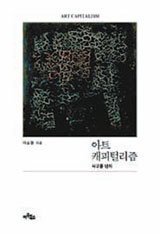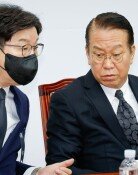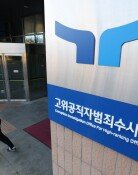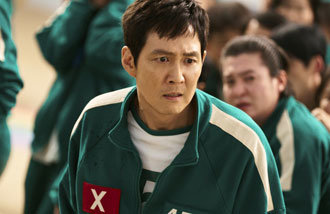The difference between Kim Whan-ki and Pablo Picasso
The difference between Kim Whan-ki and Pablo Picasso
Posted November. 27, 2021 07:27,
Updated November. 27, 2021 07:27

Kim Whan-ki’s “Universe 5-IV-71 #200 (1971)” became the most expensive Korean art piece ever auctioned, fetching 13.2 billion won at Christie’s Hong Kong in 2019. To make some comparisons with foreign artists, Pablo Picasso’s Les Femmes d’Alger (Women of Algiers) was snapped up for almost 200 billion won and Leonardo da Vinci’s Salvator Mundi was sold for 500 billion won, setting a new world record.
South Korea is a more advanced economy than Spain, where Picasso was born, and is a similar size of economy as Italy, da Vinci’s country. Why do these differences in the size of economy exist when they say culture is the mirror of the economy? This is largely due to the structure of the art world. For non-Western countries, modernization was westernization. Their traditional art was dismissed as outdated. Naturally, the art history of those non-Western countries was written as the history of Western art sequentially introduced to them. Such unification of culture applies to the art market as well. In today’s global art world, major Western art galleries and curators act as a kind of certification organization, and major galleries and auction companies distribute art works. The Western art world is closely linked to the art market, stabilizing the structure of artists’ artistry, galleries’ management of art works and collectors’ base.
On the other hand, the art ecosystem of marginal states is still unstable. In addition to hundreds of millions of won of works of famous Western artists, tens of millions of won of prints are encroaching on the non-Western art market. The same can be said of Korea. The fundamentals of the Korean art market, such as purchasing power and the size of galleries has been improved thanks to the world’s No. 10 economy’s economic power. Nevertheless, Korean art works, especially those of young artists are rarely sold. Seeing the growth potential of Korean art, major Western art galleries opened branches in the country but their priority is not to discover Korean artists, but to sell the works of their own artists.
At a time when the auction prices of artworks are making headlines almost every day, this book looks back on the history of art, which has been on the same path as capitalism, and points out some of the things that needs to be done for the qualitative growth of Korean art. The author, who studied both economics and art history, argues that the history of Korean art should be rewritten as the history of Korea’s independent achievements.
beborn@donga.com







